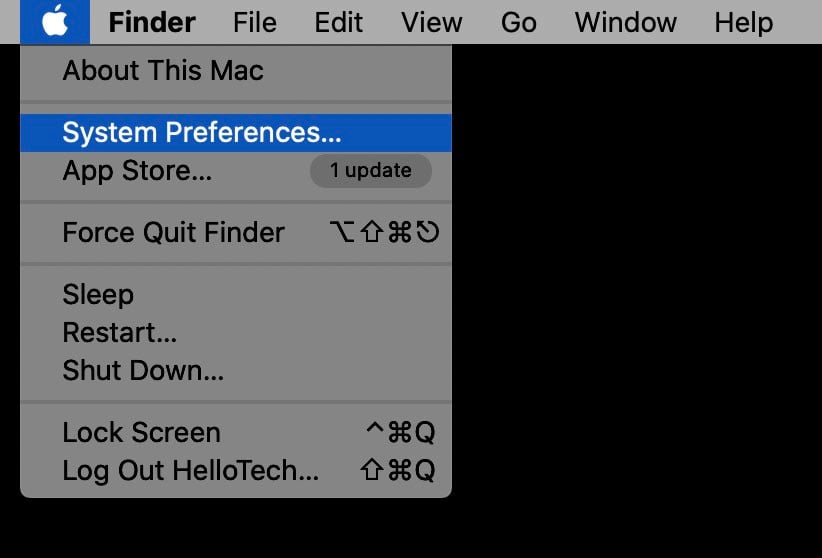

- #Mac stop application sliding full
- #Mac stop application sliding mac
- #Mac stop application sliding windows
Once Activity Monitor opens, you will be able see a list of All the Processes or Applications currently running on your Mac (See image below)Īs you can see in the above image, there are 5 different tabs in the Activity Monitor -> CPU, Memory, Energy, Disk and Network.Ĭlicking on each tab will show you more details, for example, clicking on the Memory Tab will show you how much memory each process is using. In the Utilities folder, click on Activity Monitor which should be the first item in Utilities Folder (See image below)Ĥ. Click on the Finder icon located in the left corner of the Dock (See image below)Ģ. On the next screen, click on Applications in the left sidebar menu and then click on the Utilities folder.ģ. The Activity Monitor provides a very good view of the App and processes running on your Mac and the amount of resources being uses by these Apps and Processes.ġ.
#Mac stop application sliding windows
Show All Running Apps and Processes On Mac Using the Activity Monitor on MacĪctivity Monitor can be described as the Mac equivalent of a Task Manager in a Windows computer.


Here’s a quick breakdown of what these options do: Head to System Preferences, then the Mission Control section.įrom here you’ll find the main options for Mission Control

Mission Control mostly works without any configuration, but it’s possible that a few things about it annoy you. This is perfect when you want as much space as possible to work with only two applications, such as when you’re browsing a high-quality website and taking notes.
#Mac stop application sliding full
This allows you to run two full screen applications side by side, in what’s called split view mode. You can also drag any window to the space taken by a full screen application. While you’re in Mission Control, any full screen application acts as its own desktop it’s placed to the right of all current desktops. You might think that you can’t use any other programs while full screen mode is active, or that you can’t use two programs in full screen at once, but it turns out Mission Control makes this all possible. Do you know about the full screen button? It’s the green one near the top-left of every window.Ĭlick this button and the current application will enter full screen mode, meaning the dock and menu bar disappear and the current window takes up the entire screen. Full Screen Applicationsīut wait…there’s more. If you want a particular application to always show up on a certain desktop, or even on all desktops, simply right-click its dock icon, then move to the Options submenu.įrom here you can assign an application to a given desktop, or even have it show up on all desktops. These will both switch your desktops immediately, and are a nice compliment to the keyboard and mouse shortcuts I mentioned earlier. It’s a lot faster, however, to use the keyboard shortcuts Control+Right and Control+Left, or to swipe three fingers to the left or the right. To switch between desktops, you could just open Mission Control then click the desktop you want to open. And you can add as many desktops as you like by clicking the “+” button at far right. With multiple desktops you can organize your workflow, allowing you to do things like research on one desktop while you write on another. You can actually drag windows to one of these desktops, if you want, then switch to the window by clicking it.


 0 kommentar(er)
0 kommentar(er)
